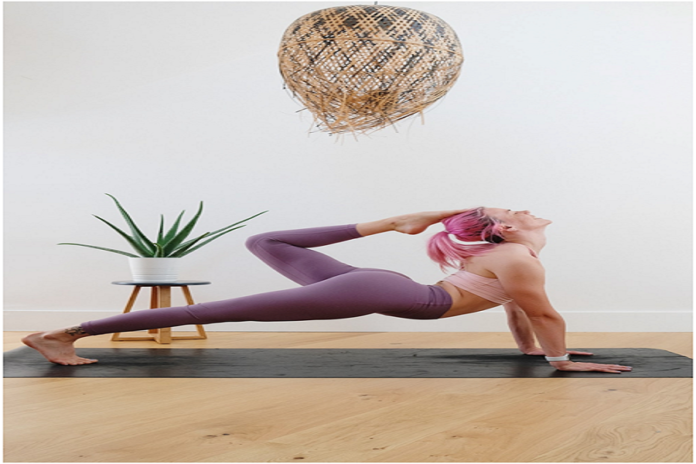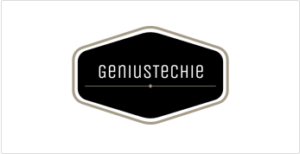Most college students barely have enough time to sleep, let alone go to the gym. However, regular exercise has been proven to boost mental performance, and learning and cognitive awareness. It may seem like adding another item to an already packed list of school, work, and mandatory extracurricular activities are impossible. However, exercise is something that shouldn’t be avoided.
The common misconception is that a lot of time, space, and resources are mandatory for exercising. But great results can be achieved without ever going to a gym or fitness center. You can free up a few extra minutes each week by hiring an essay writing service ukexpertto help you out with some of your writing tasks.
This article will showcase 5 great alternative home exercises that work just as good.
Know What You Are Training For
Before you start any training regimen, it is important to develop a workout plan that incorporates all four types of exercise. These major exercise areas are strength, endurance, flexibility, and balance. There’s always a risk of focusing too much on one area while ignoring another. This may be counterproductive in the long run and those negative results in some form.
The workouts below take the four major exercise areas into account. You can also incorporate smaller weights into these routines comfortably from your hostel or dorm room.
Walking and Jogging
Walking, jogging, and sprinting are some of the most important forms of aerobic exercise. The benefits include increased endurance, blood circulation, and breathing. These reduce blood pressure, strengthen the walls of blood vessels including the heart, burn fat, and improve the release of HDL cholesterol.
With walking and jogging, you can start small and short, say half a mile distance, and progress higher as your endurance increases. You can also walk or march in place for 20 or 30-minute reps, briefly changing your body stance and technique.
Other methods for endurance training include cycling, walking up the stairs, swimming, Zumba, and aerobics, and general sports.
Tension and Strength Exercises
There are different strength and conditioning exercises that you can do easily in a small space. Strength exercises will help make tasks such as lifting things around easier. Strength tensioning builds-up tore or worn muscle groups.
Using a roller is one of the best ways to tone your abs, tension your muscles, and strengthen your core. This core includes the torso around where you’d wear a corset, and the back muscles as well. The roller or ‘ab’ wheel has several variations that one can shift through depending on the desired results. For example, a roller plank with only the feet touching the ground can improve stability as well.
Pushups and planks are also effective ways of strengthening the core, improving stability, and toning the arms and body. One can modify their stance to train particular muscle groups such as the triceps or chest muscles. Examples of these stances include rotating high planks, side crunches, and lay-down pushups.
Core strength can also be improved by using the stability ball and doing tricep dips.
Sit-Ups
V-Ups are one of the most effective ways to combine balance, flexibility, and core strength training. For a V-Up, lie flat on your back and raise your legs to form a 45-degree angle with the ground. Raise your head towards your legs so that your body forms somewhat of a V-shape.
Typical variations of the V-Up include completely raising your legs during the entire set so that they don’t touch the ground as you raise your head towards your legs. You could also add weight such as a 10-pound dumbbell in-between your legs which gives more tension to your abs.
Sit-ups are quite effective since there’s such a large number of stances that can be incorporated. Aside from V-Ups, other postures include bicycles, scissors, and the Russian twist. Crunches can also be considered as part of this exercise group, and include the reverse crunch, raised leg crunch, and stability ball crunches.
Legs and Glutes
Legs and glutes are an often ignored area in body training, simply because of the perception of difficulty attached to these exercises. Most people are also of the opinion that these exercises cannot exempt gym equipment. Leg and glutes are important because they are one of the few exercises that train every major exercise area. Combined with weights they improve strength, and for longer reps, they improve endurance.
Some of the leg and glute exercises that are easily achievable in a small space include:
- Broad jumps and jumping lunges;
- Glute ham bridge- single or standard;
- Bulgarian split squats; with or without weights;
- Squat jumps;
- Prisoner squats; hands behind your legs and 7-10 reps of squats;
- Modified burpee;
- Calf raises
With leg and squat exercises, one should be careful not to injure themselves. This should be done by wearing appropriate footwear, warming up before beginning the workout, and wearing braces in case of any pre-existing injuries.
Full-Body Cardio Training
You can use a combination of jumping jacks, jackknifes, twisting mountain climber, supermans, steam engines, and normal pushups to achieve full cardio training.
As youworkout at home, gradually you’ll learn more about what works and what doesn’t, especially for your body type. You’ll also learn more about the proper intensity of the workout and modify this to suit your busy schedule.






![SIMS 4 Download Free For PC Full Version 2019 [UPDATED] SIMS 4 Download](https://www.geniustechie.com/wp-content/uploads/2019/03/SIMS-4-Download-100x70.jpg)


